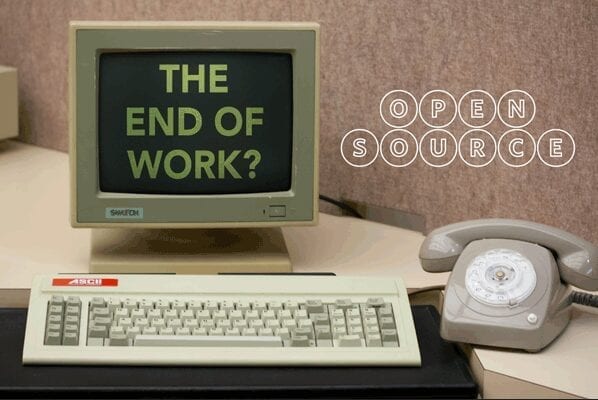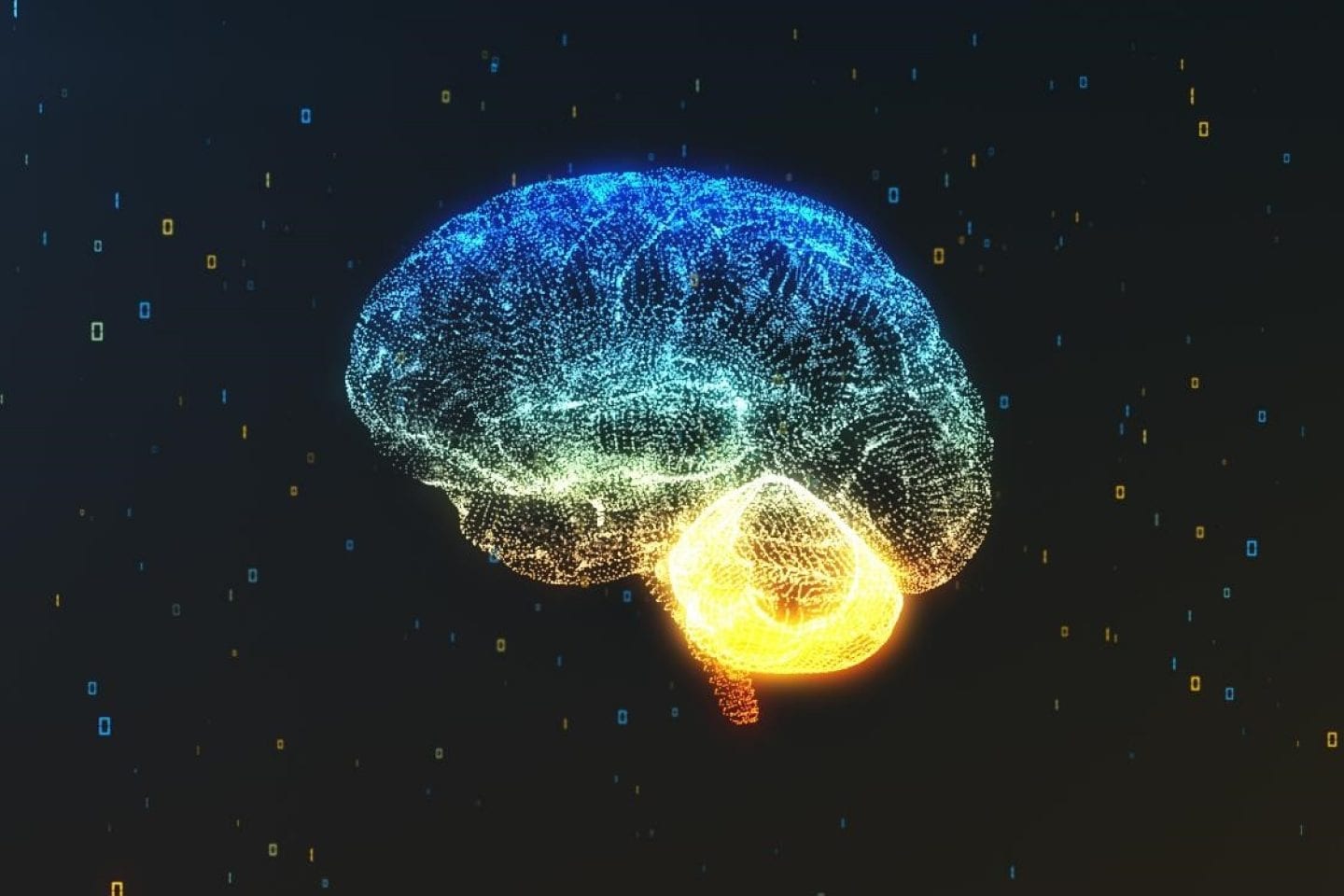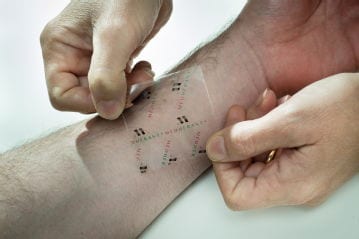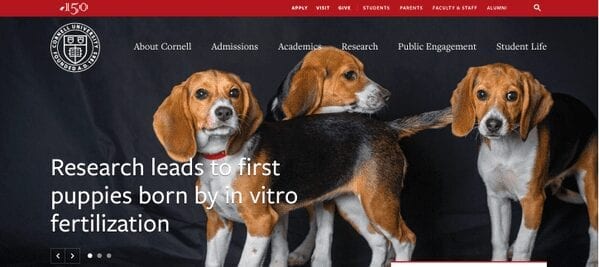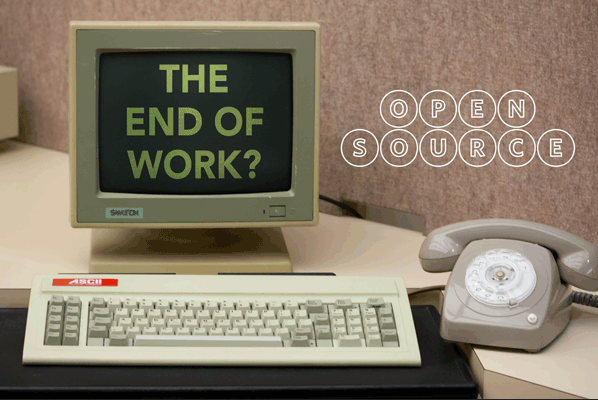
Turning Point: An AI system teaches itself how to play and win video games without any programming.
Welcome to the era of AI-human hybrid intelligence, where people and artificial intelligence systems work together seamlessly. Picture the scene from the 1986 movie “Aliens,” where Sigourney Weaver slips into a humanoid, semi-robotic weight-lifting unit to fight the alien queen — that’s about where we are today. (A number of companies around the world are developing versions of such devices for industrial and medical use, with some already on the market.)
— The Associated Press is using Automated Insights’ software to produce thousands of articles about corporate earnings each year, freeing up staff for other reporting. Humans expand and polish a few of the most important articles.
— While Facebook’s virtual assistant M, introduced in the San Francisco Bay Area in 2015, uses AI to answer user questions, humans vet the answers to improve them.
— IBM’s Watson is employed at some hospitals in the United States to determine the best course of treatment for individual cancer patients. Watson analyzes genetic information and the medical literature, and then provides suggestions to the doctors in charge.
Humans supervise these AI programs and make the ultimate decisions, but white-collar workers are understandably starting to worry about the day when AI can go it alone.
Don’t panic: Though the AI Revolution is underway, it is unlikely to eliminate many office jobs within the next five to 10 years. Current AI research and usage only targets specific tasks, like image recognition or data analysis, while most jobs require workers to draw on a broad range of skills.
But I think it’s important to understand why the job market will change. There have been important advances in AI in recent years, especially in the area known as deep learning. Rather than telling a computer exactly how to do a task with step-by-step programming, researchers employing a deep learning system step back and let it apply techniques such as pattern recognition and trial and error to teach itself how — techniques humans use. To be clear, “artificial intelligence” does not mean that such machines are sentient, as they are portrayed in science fiction; only that given more data, they may perform a task better.
A team of researchers from Google announced a breakthrough in machine learning in 2012. They had created a network of 16,000 computer cores that was partly modeled on the human brain, with a billion connections between simulated neurons. The researchers fed 10 million images to the AI over three days and, unsupervised, it taught itself to recognize categories like human bodies and — the Internet’s favorite — cats. In 2015 a group from DeepMind, a company acquired by Google, published research showing that a neural network had been given the same inputs as a human on dozens of Atari games from the ’70s and ’80s — the pixels and the score — and had become an expert player at some of them without having been given any prior instruction or the rules for the games.
As the technology improves, we are giving AI systems more and more work to do, just as we did with computers in their infancy. In 2014 and 2015, Skype introduced simultaneous translation in English, French, German, Italian, Mandarin and Spanish. Apple’s Siri, Amazon’s Alexa and Microsoft’s Cortana are all digital assistants that can carry out basic commands such as making to-do lists, playing music and tracking flights. Google has been testing self-driving cars and hopes to bring them to the public within the next four years.
It’s true that some sectors may experience a slowdown in hiring as AI handles specific parts of jobs, freeing up workers to focus on other tasks. Financial advisers and insurance agents have already teamed up with AI programs that, respectively, make recommendations for portfolio management and monitor for insurance fraud. This efficiency may mean that new job applicants will be turned away as the number of people required to staff a business declines.
But history shows that employment usually recovers after a technological revolution — though the directions it can take may be unexpected. There is a lot of debate over how much disruption the AI Revolution will bring, but I am optimistic that new jobs will replace the old ones in areas we can’t even imagine yet, just as the working world evolved after the Industrial Revolution. We don’t blame the steam engine or tractors or sewing machines for unemployment now.
Read more: The End of Work?
The Latest on: Artificial Intelligence
[google_news title=”” keyword=”Artificial Intelligence” num_posts=”10″ blurb_length=”0″ show_thumb=”left”]
via Google News
The Latest on: Artificial Intelligence
- Accountants Advocate Use Of Artificial Intelligence In Accountingon April 27, 2024 at 10:11 am
Female Accountants in the Federal Capital Territory (FCT) under the auspices of the Society of Women Accountants of Nigeria (SWAN) Abuja Chapter has called on
- How Artificial Intelligence Is Changing The Way You Buy Travel Insuranceon April 27, 2024 at 3:52 am
Artificial intelligence is transforming the way you buy travel insurance. Here are the surprising ways it could affect your next vacation.
via Bing News







